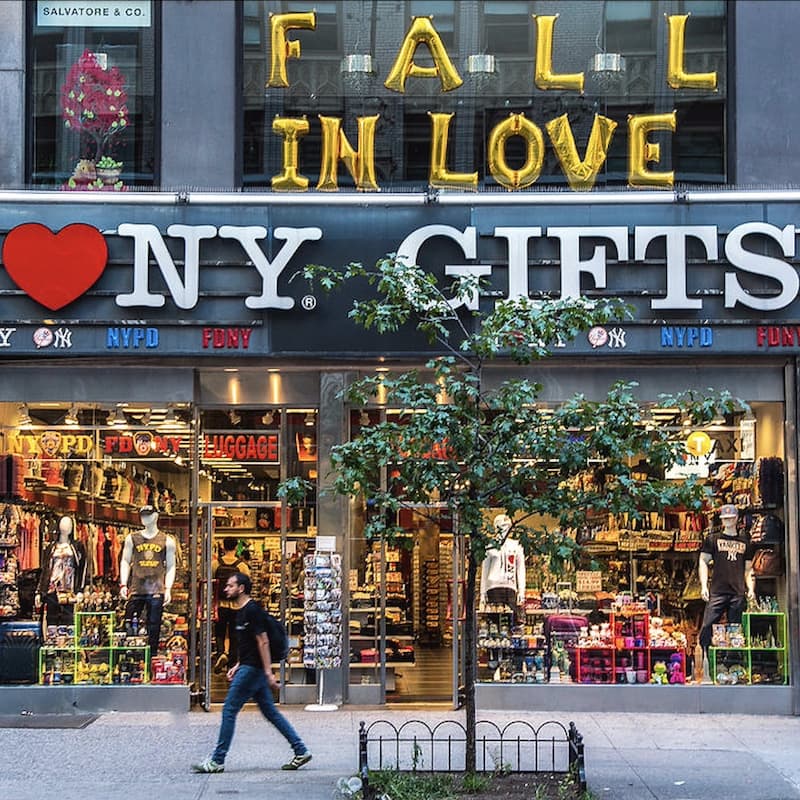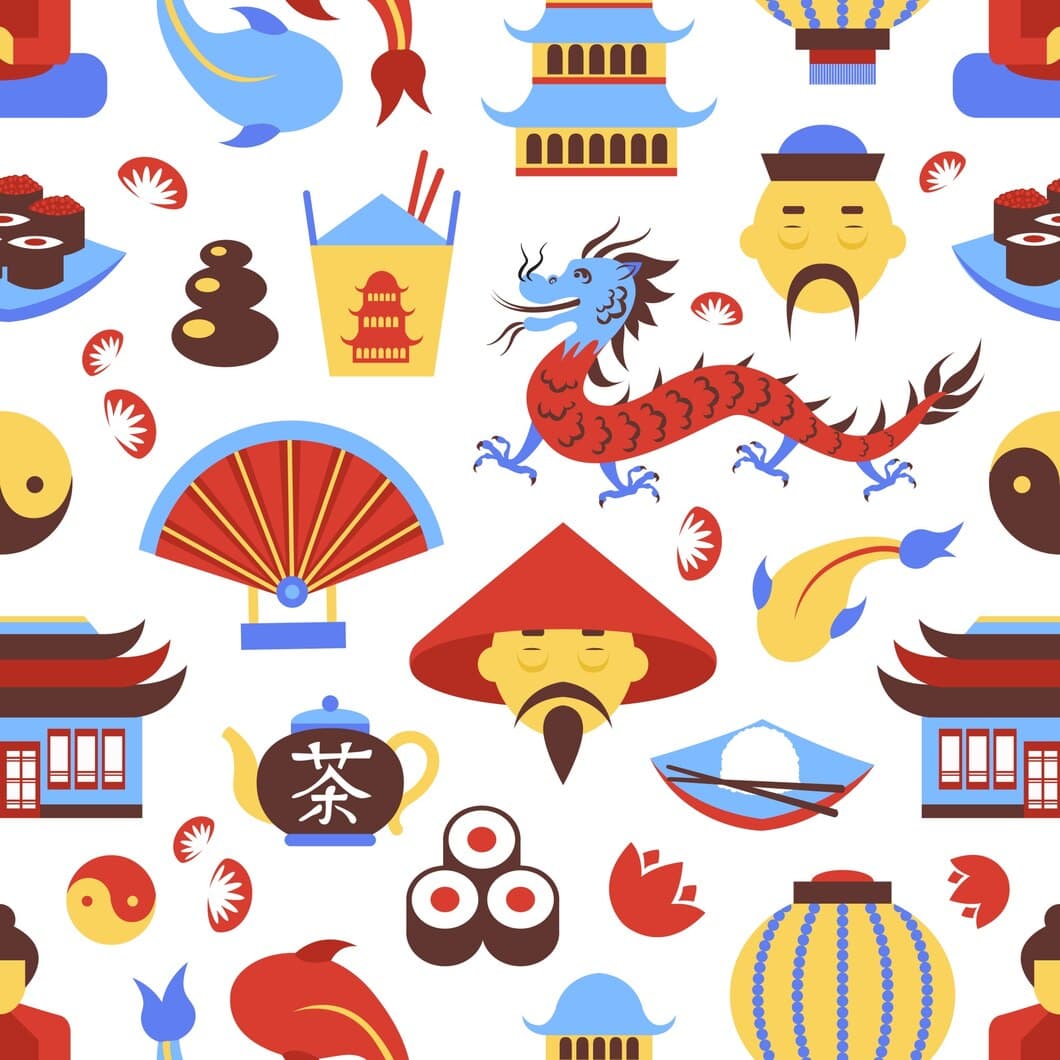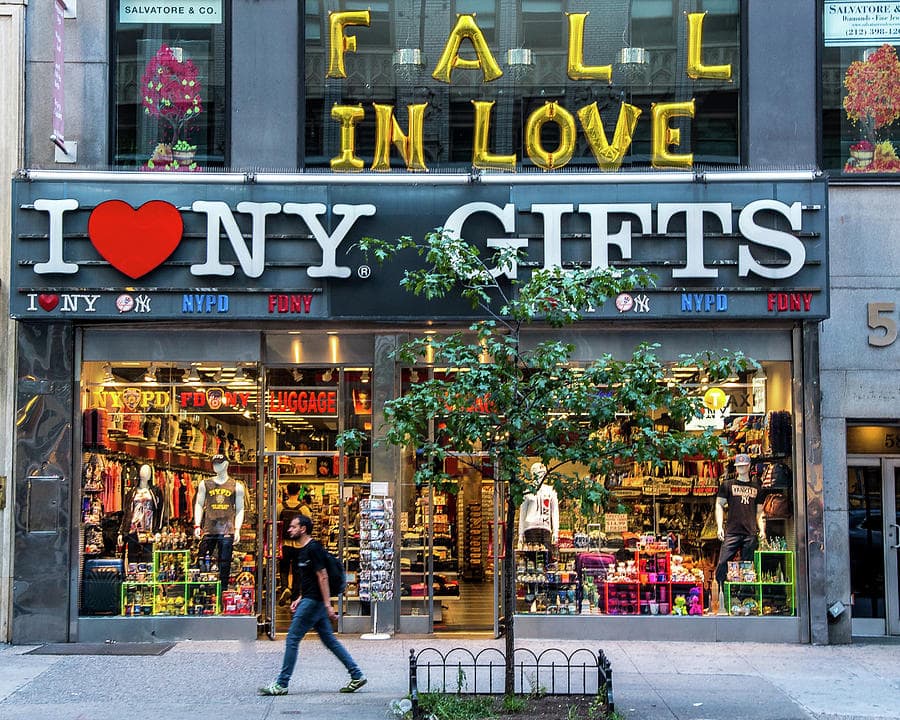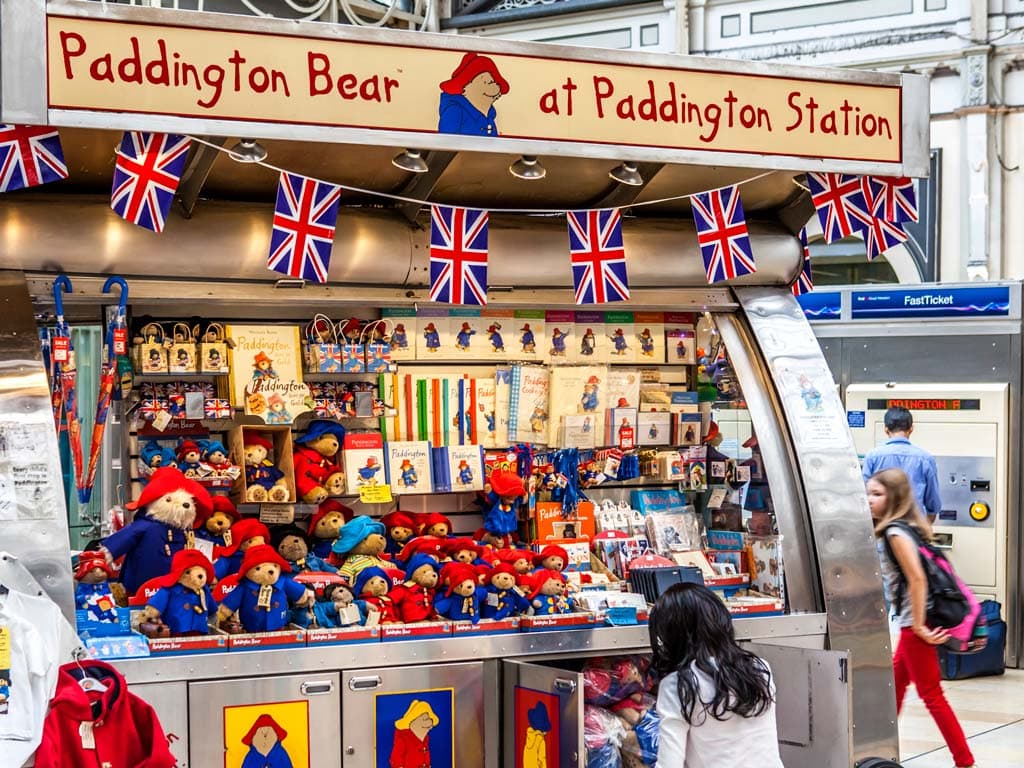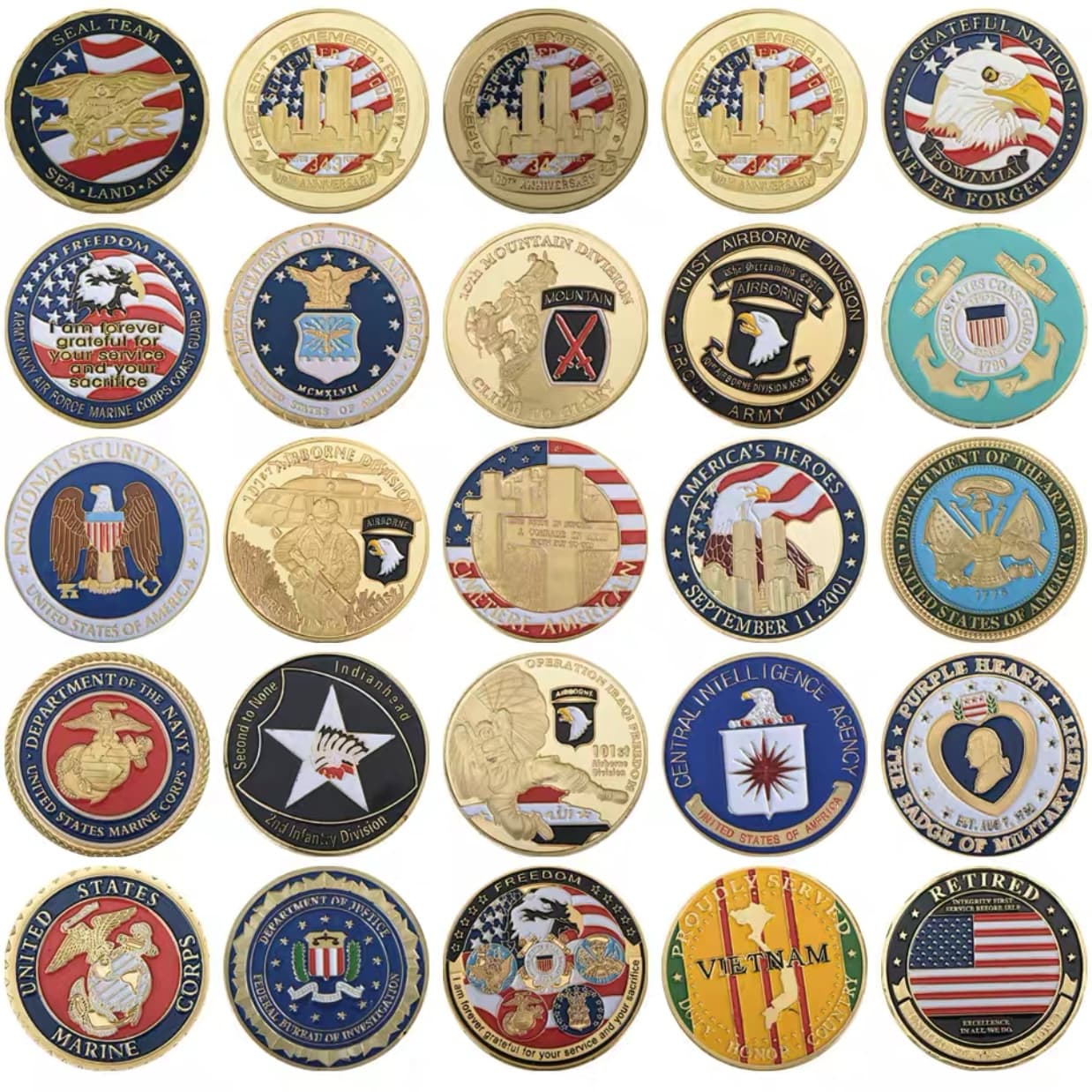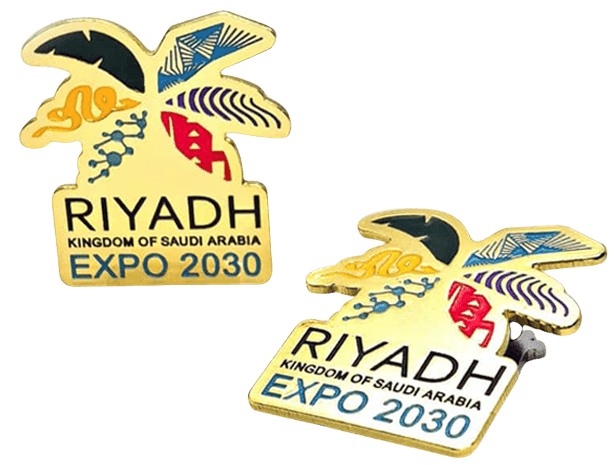In today’s economy, cultural symbols and IP creativity are not just symbolic representations but also powerful tools for brand communication and cultural expression. By integrating cultural symbols into the design and production of badges, fridge magnets, and other merchandise, products can gain significant appeal, bringing immense commercial value to brands. From school emblems for educational institutions to souvenirs for airlines, IP badges for theme parks, and global collaborative designs, this trend has opened new opportunities for factory-customized production.
Commercial Value of Cultural Symbols in Merchandise
Cultural symbols evoke emotional resonance in consumers and serve as core elements in merchandise design. Here are some prominent examples:
- IP Creation and Derivative Products
Disneyland has successfully developed a wide range of badges and keychains based on iconic IPs like Mickey and Minnie Mouse. Visitors purchase these items not only to commemorate their park experience but also to maintain an emotional connection with the brand. For instance, the limited-edition Frozen badges sold out quickly and became popular collectibles. In 2022, Disney generated over $5.3 billion in revenue from such merchandise, with badge-related products contributing significantly.


- Airline Souvenirs
China Southern Airlines launched fleet-themed aircraft model badges featuring its signature blue-and-white design and markings for eight different aircraft models. These badges not only extend the charm of the airline’s brand but also serve as cherished mementos for passengers and appeal to aviation enthusiasts. Some airlines further boost customer loyalty and brand engagement by offering promotional campaigns, such as “Fly 10 Times and Get a Commemorative Badge.”


- Tourist Landmarks and Souvenirs
Landmark buildings like the Statue of Liberty and Big Ben are frequently transformed into fridge magnets and badges, gaining popularity for their iconic nature. For example, the Statue of Liberty symbolizes freedom and hope, while related merchandise fosters cultural identity. London’s red postbox badge blends intricate design with a vintage aesthetic, enhancing its cultural appeal. Travelers often purchase these items to commemorate trips or as gifts, making customized tourist souvenirs a tangible way to relive travel memories.
Western Success: Cultural Confidence and Business Ecosystems
- Educational Institutions and Cultural Merchandise
In the United States, educational institutions use symbols to convey cultural confidence and foster belonging. University crests, mascots, and college emblems are frequently turned into merchandise like badges, T-shirts, and keychains, serving as vital tools for brand culture promotion. For example, Harvard University’s red shield logo has become a globally recognized symbol. These items not only strengthen alumni ties but also generate significant revenue, with U.S. universities collectively earning tens of millions of dollars annually from merchandise sales, which support campus projects and expand global influence.


- Museums and Art Institutions
American museums excel in combining cultural symbols with commerce. The Metropolitan Museum of Art offers visitors a chance to “take art home” through souvenirs like badges and fridge magnets, which are widely popular. These products disseminate artistic value while attracting younger consumers. The Met has also expanded its reach through an online store, offering a seamless shopping experience and boosting global sales. Similarly, the Museum of Modern Art (MoMA) has integrated modern art derivatives into its offerings, becoming a trendsetter embraced by international consumers.
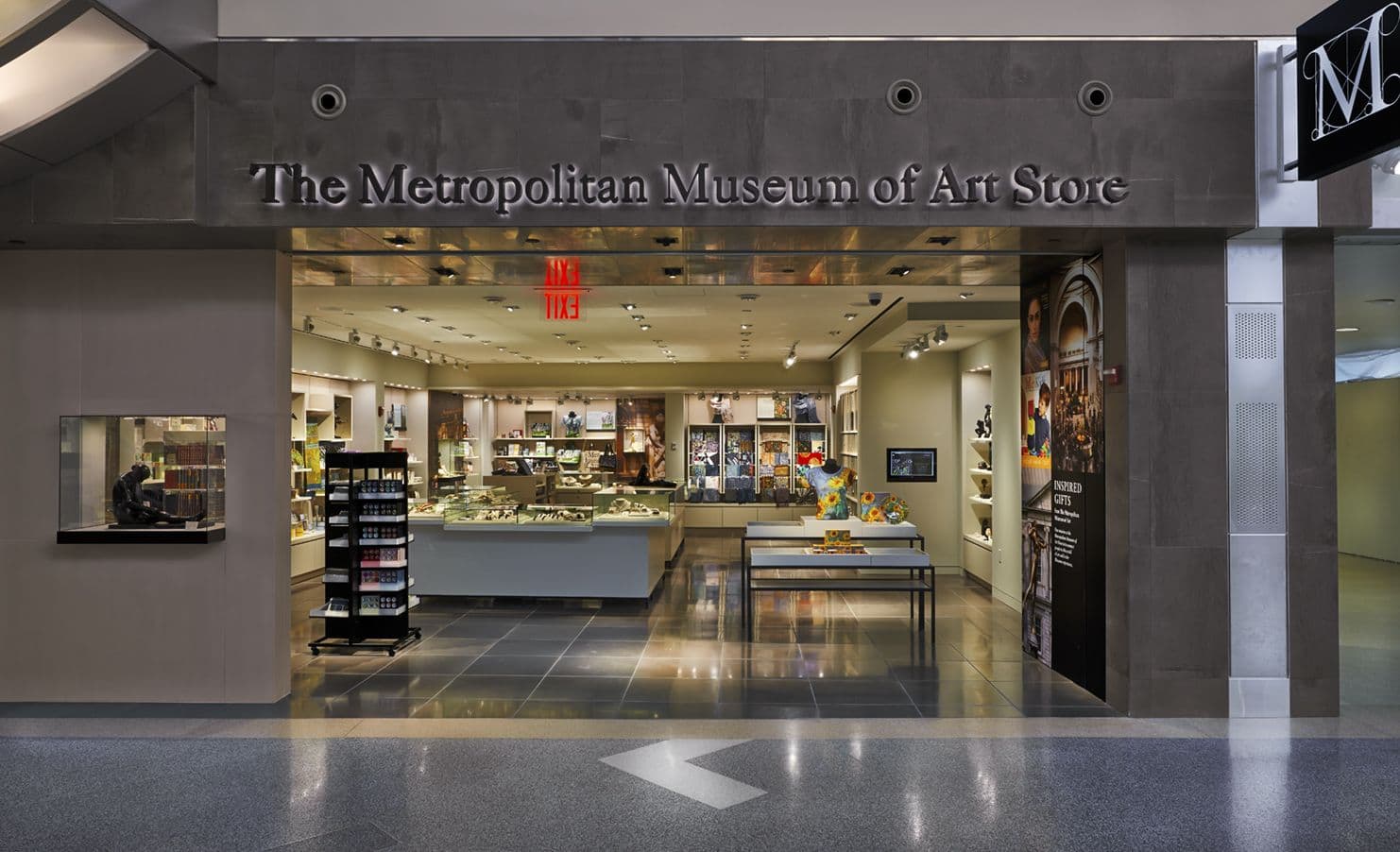


- Broadway Success Stories
Broadway classics like The Phantom of the Opera and Hamilton provide fans with emotional continuity through merchandise such as badges and limited-edition script reproductions. These products incorporate iconic lines or visuals from the shows, offering both commemorative value and cultural significance.
The Rise of the East: From Tradition to Innovation
- National and Local Cultural Institutions
China’s Palace Museum has blended traditional cultural symbols with modern design through creative products like turret badges and lion knocker badges, making cultural dissemination a highlight. These items not only sell well domestically but also attract international attention through e-commerce platforms. Additionally, landmarks like Yellow Crane Tower have introduced badges and fridge magnets inspired by its architectural elements, seamlessly merging traditional culture with modern souvenir design to enhance cultural attraction and boost local tourism.
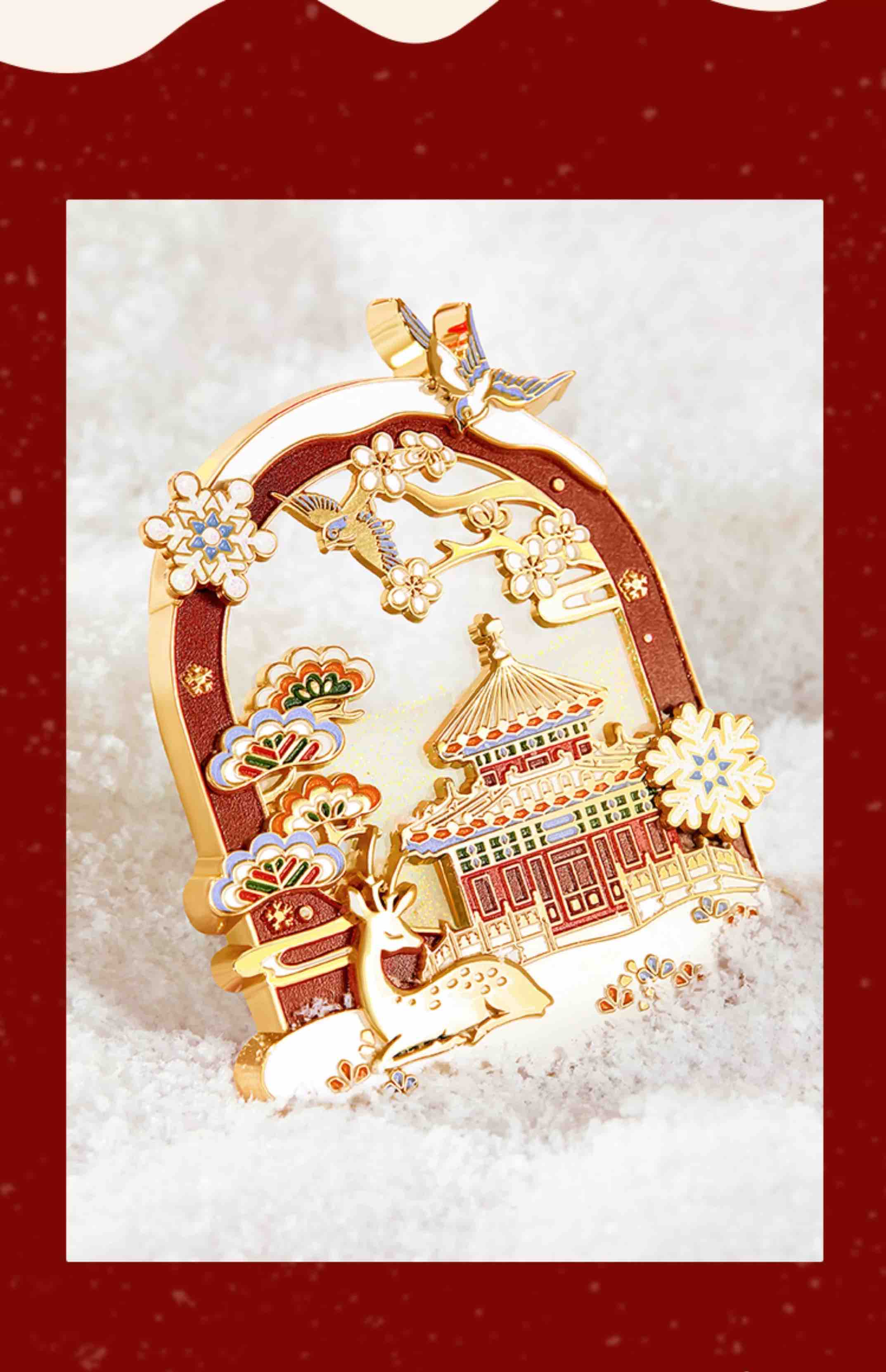


- Scenic Spots and Local Symbols
The souvenir shop at Tengwang Pavilion offers badges and fridge magnets modeled after its architecture, combining classical culture with modern craftsmanship. These products appeal to tourists while serving as a tangible connection to local culture. Innovative designs and modern techniques have successfully showcased Tengwang Pavilion’s historical charm and contributed to the sustainable development of local tourism.
Cultural Symbols in the Souvenir Market
Cultural symbols are widely applied beyond museums and educational institutions. Independent traders and souvenir shops actively participate in promoting cultural dissemination through innovative design, achieving both cultural and economic benefits.
- Landmark Design and Retail
Landmarks like the Statue of Liberty and Big Ben have become iconic souvenirs available in forms such as fridge magnets and badges. With their recognizable features and deep cultural significance, these products attract countless tourists. Whether in New York or London, visitors can easily find these items, which help commemorate their travels and integrate cultural symbols into daily life.
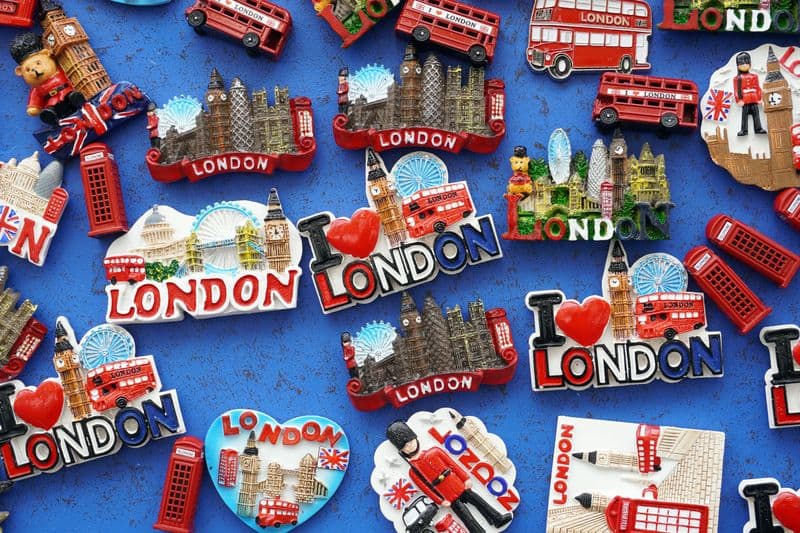
- Official Guidelines in Middle Eastern Countries
Countries like Saudi Arabia and the UAE release official souvenir design guidelines during major celebrations to provide direction for souvenir shops and factories. For example, the UAE’s 2024 53rd National Day celebration themed “Commemorating Zayed and Rashid” included detailed design instructions. ASNY Craft Factory developed multiple commemorative products based on these guidelines, using UV printing to accurately replicate historic moments and creatively incorporating elements such as the number “53” and the waving UAE flag. These designs meet official requirements while enhancing market appeal, exemplifying the fusion of cultural heritage and commercial value.


Eastern and Western Design Differences
- Artistic Style Comparison
Western designs emphasize realism and historical symbolism, often using single, clear elements as seen in university crests and museum merchandise. Eastern designs, on the other hand, focus on ornamentation and grandeur, combining multiple representative elements like landmarks, artistic fonts, flowers, and happy children to showcase diverse cultural features.
- Cultural Background Influence
Western culture prioritizes historical documentation, with designs emphasizing information delivery and simplicity through precise lines, symmetrical patterns, and low-saturation colors. In contrast, Eastern culture highlights emotional expression and decorative aesthetics, incorporating auspicious elements and blending multiple design features to convey festivity, prosperity, and positive symbolism.
Global Trends: Symbol Fusion and Collaboration
Globalization has fostered cross-cultural fusion and innovation in symbol design. For instance, Disney combined Mickey Mouse with famous artwork like Starry Night, blending IP features with artistic elements to attract global consumers. Chinese brand Keep partnered with Disney to create co-branded medals, merging fitness with IP symbols to captivate younger audiences.
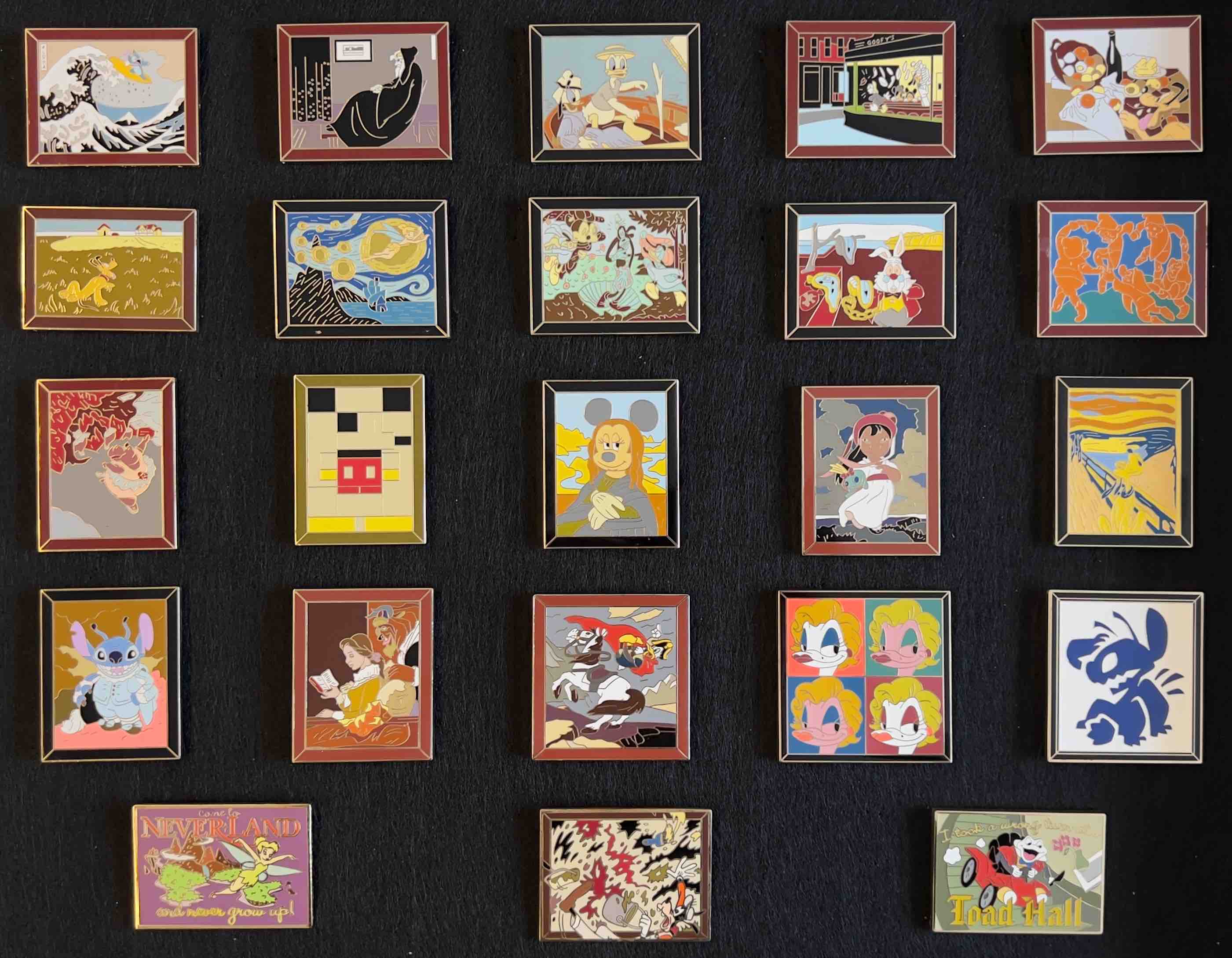

Conclusion and Outlook
Integrating cultural symbols enhances the depth of merchandise and expands market potential. As a professional manufacturer, ASNY Craft Factory specializes in custom souvenirs, including badges, keychains, and fridge magnets, catering to educational institutions, scenic spots, anime and gaming IPs, museums, and art galleries. With robust production capabilities, highly customizable accessories, and reliable delivery, ASNY offers tailored solutions that align perfectly with brand culture and market needs. Whether addressing global trends or localized demands, ASNY remains committed to innovation and professionalism, delivering efficient and competitive custom production services to its clients.

